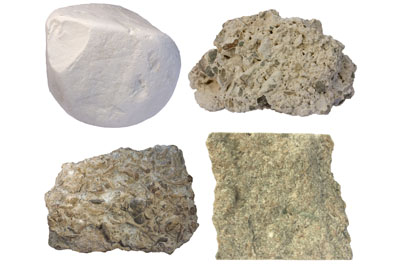
Lime/Limestone Applications for Attritors
Although you may not hear much about it, lime is literally one of the building blocks of civilization. Its use dates to prehistoric and ancient times – Romans, for instance, mixed lime with other ingredients to create concrete.
Today, the uses of lime are myriad. Steel manufacturing is considered the single largest use of lime, which helps remove impurities in the steel. The fastest growing end market for lime is environmental regulatory compliance, as lime plays an important role in treating air, water, wastewater and solid waste.
Other applications for lime include:
- Construction materials, like mortar, plaster and stucco
- Asphalt, where it decreases moisture sensitivity and stripping
- Soil stabilization and modification
- Metallurgical processes, such as treating copper ore or creating alumina
- Sugar refining
- Food industry applications like preparing baking powder and storing produce (where it’s used to absorb CO2 gases as the fruits and vegetables ripen)
Regardless of application, all lime starts out the same way – as limestone quarried from the ground. Limestone next is subjected to particle size reduction, with the end size ranging from a couple inches to a few microns.
The resulting material is heated and cooled to create lime. After the heating (or “calcinating”) process, the lime can be milled again and then hydrated or “slaked.”
Union Process has developed and patented an Attritor specifically for milling and slaking lime. The CLS Attritor, which operates in continuous mode, has been used to slake lime for use in treating the exhaust from power-generating plants, a process called flue gas desulphurization.